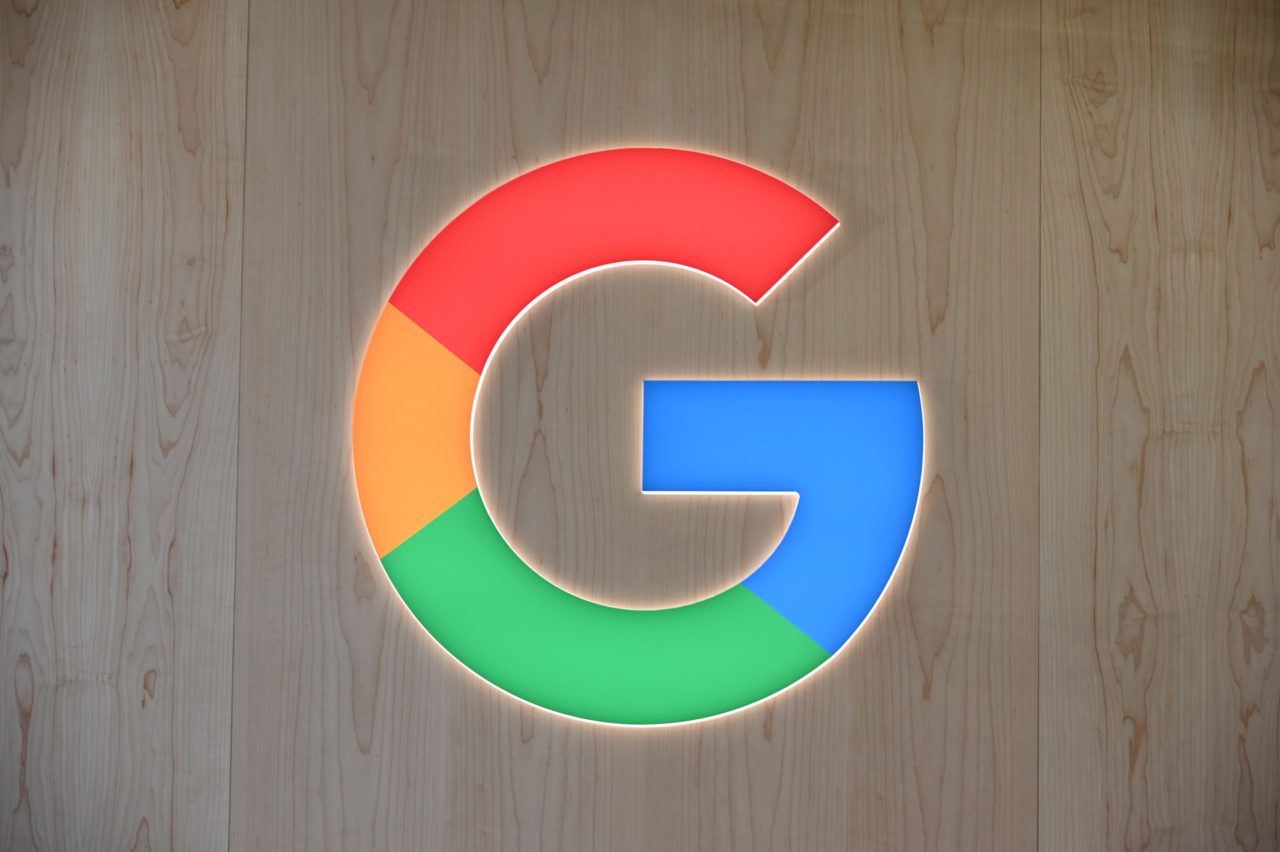
Google has moved to an updated time frame for fulfilling its 2020 plan to eventually remove all third-party cookies from its official browser, Chrome. That annoying third-party data collection prompt asking you to “accept” or “reject” cookies, on most websites we visit these days, will soon be a thing of the past.
This new leap is just one of Google’s recent initiatives to associate its brand name with a bit of privacy awareness, although everyone knows how Google gets its big bucks: AdSense and advertising services. And that goes hand-in-hand with the fact that the more Google uses tracking and data collection to target audiences, the more money there is to be made.
It’s a bit of a catch-22 situation, but with the Privacy Sandbox initiative announced back in 2019, Google has seemingly been trying to work towards a slightly less privacy-invasive balance.
Today, Google announced that by the end of 2023, we can expect third-party cookies to be gone entirely from Chrome. More specifically, they will be phased out over a period of exactly three months, “starting in mid-2023 and ending in late 2023.” The original plan was to remove them in early 2022.
The reason for leaving two years in between is because, Google wants to have certain “key technologies” in place by the end of next year. Among these key technologies is the “widely disabled FLoC” (an algorithm that allows ad selection without sharing individuals’ browsing behavior), as well as other APIs driven by privacy.-
Google has shared the following two-step plan for phasing out third-party cookies in Chrome.
It’s already been over a year since Google began searching for ways to limit personally identifying data while still being able to deliver ads to the right groups of people “sufficiently large enough to maintain anonymity,” with the Google Sandbox. We can’t fool ourselves that the search will ever be on the same level as Apple when it comes to browsing and privacy, but it’s definitely taken a couple of steps in the right direction.